POV Bright Spots and Blind Spots
Every narrative point of view has something it does well and something it doesn’t do as well. Here’s a look at how they compare.


Today’s post is by writer, editor, and book coach Erin Halden.
A big part of my job as a developmental editor and book coach is to help fiction writers think through their choices. And to ask them, How does this choice help you tell your story?, again and again as they develop, draft, and revise.
One of the most important storytelling choices you’ll make is point of view. The most common points of view in fiction are First Person POV, Third Person Limited POV, and Omniscient POV.
Some writers think very deeply about this choice. They try writing in different POVs, experimenting until they find one that captures their vision, or that resonates with them. Others gravitate instinctively to a particular point of view. However you come to it, it’s important to understand the choice that you’re making. It shapes everything from how characters show up on the page to how the plot unfurls, to the voice and tone of your story.
Every POV has something it does well. A Bright Spot. You’ll want to lean into that Bright Spot, taking advantage of the best it has to offer. And every POV has something it doesn’t do as well. A Blind Spot. You’ll want to make sure you are compensating for this Blind Spot.
First Person POV
This is the “I” POV. In this perspective, the narrator is a character in the story (usually the protagonist, though not always). They are telling the story, sharing their thoughts, feelings, and reactions directly with the reader. There is almost no distance between the character and the reader; the reader is, effectively, inside the character’s head.
Bright Spot: This POV’s Bright Spot is its ability to get the reader inside the character’s head. Because the character is telling the story directly to the reader, writing character interiority—a character’s thoughts, feelings, and reactions to what is happening in the story—comes naturally to the page here. And when readers are in on a character’s thoughts, feelings, and reactions, they will understand why what’s happening in the story matters. When they understand why what’s happening matters, they become invested in the story.
Blind Spot: This POV’s Blind Spot is external detail: setting, physical descriptions, and time and space cues. It’s very easy, as the writer, to get lost in your character’s head and forget to build, and refer to, the world in which they live. Without external details, it can feel like a character’s thoughts and feelings are all that exist in the story. Your characters become suspended in a blank void—no world around them, nothing to ground the reader in their reality. This can hobble your character building, because characters are shaped by the world they live in. Readers needs to see your characters in the context of their worlds in order to understand, and connect to, them.
When you’re writing in First Person POV, lean in to its strengths. Bring all that rich interiority to the page. But weave in the external detail and touch the physical world of the characters often.
Third Person Limited POV
This is the “He/She/They” POV. In this perspective, the narrator is external to the story, closely following the characters and relaying their story to the reader. Rather than being inside the head of the character, as in First Person POV, here the reader stands shoulder to shoulder with the characters, watching them from the outside.
Bright Spot: This POV’s Bright Spot is external detail. Setting, physical detail, and time and space cues come naturally to the page in this perspective. That little bit of space between the reader and the character means there’s more space for you to build the world of the characters, to layer in complexity, and show your characters in context. This helps ground your reader in the world of your story.
Blind Spot: This POV’s Blind Spot is character interiority. It’s very easy, as the writer, to let this POV operate like a camera, recording the details of the world and the action while forgetting to get your character’s interiority on the page. Without interiority, readers will know what’s going on, but they won’t know why any of it matters, or why your characters are making the choices they’re making.
When you’re writing in Third Person Limited POV, bring all that rich external detail and your characters’ interiority to the page. Characters should think, feel, and react to what happens to them.
Omniscient Third POV
In this perspective, there is an all-knowing narrator who has access to All The Information—each characters’ thoughts, feeling, reactions, and backstory. They are a character in the story, or at least a voice in it, and will, at times, directly address the reader, perhaps foreshadowing or dropping an important piece of backstory. The reader, in effect, hovers high above the story with the omniscient narrator, following their lead as they zoom in and out and around.
Bright Spot: This POV’s Bright Spot is the power it gives you to shape your reader’s experience. You can seamlessly transition between characters, build tension by what you choose to share and not share and when, and foreshadow the consequences of characters’ choices. You can create dramatic irony, where readers know more than the characters. You, the writer, get to use your all-knowing narrator to pull the story’s strings for the reader.
Blind Spot: This POV’s Blind Spot is that it can feel very removed from the characters. The zoom-out-and-around powers of this perspective can leave readers stranded high above the story, looking for a way in. And, like Third Person Limited POV, it can be very easy to forget character interiority.
Another problem to look out for here: head-hopping. This is where you’re jumping from one character’s head to another’s, leaving the reader confused over who they’re supposed to be following in a given scene. Readers have low tolerance for this.
Use Omniscient Third POV to craft a unique journey for your readers while making rules about how you will move cleanly and clearly between characters, when and how your omniscient voice steps in to manage the reader’s experience, and how to keep that voice from overtaking the story.
How does your POV choice help you tell your story?
For stories where setting and world-building play an important role, Third Person Limited POV’s Bright Spot can give you more room to get that world fully on the page.
High-tension stories can benefit from First Person POV’s Bright Spot, where being deep inside a character’s head as they navigate uncertainty can help you level-up the pressure on the protagonist, keeping your readers on the edges of their seats.
If you want to write a story that’s got readers shouting, “Don’t go through that door!”, then Omniscient POV might be the way to go. Its Bright Spot allows you to let readers in on what the characters don’t know yet, including the monster on the other side of that door.
If you’re already deep into a story and haven’t considered why you made the POV choice you made, that’s okay. Take a moment now to think about why you made that choice, what you gain from it, and what you need to watch out for.










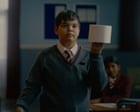




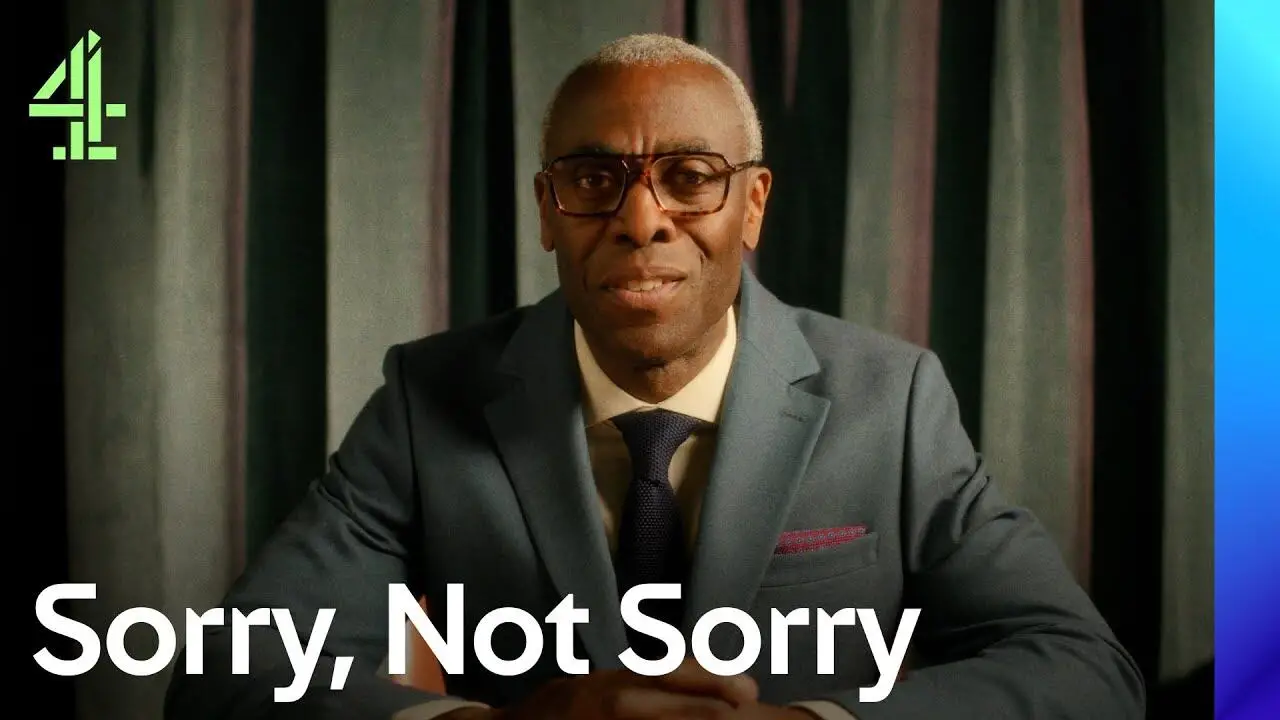
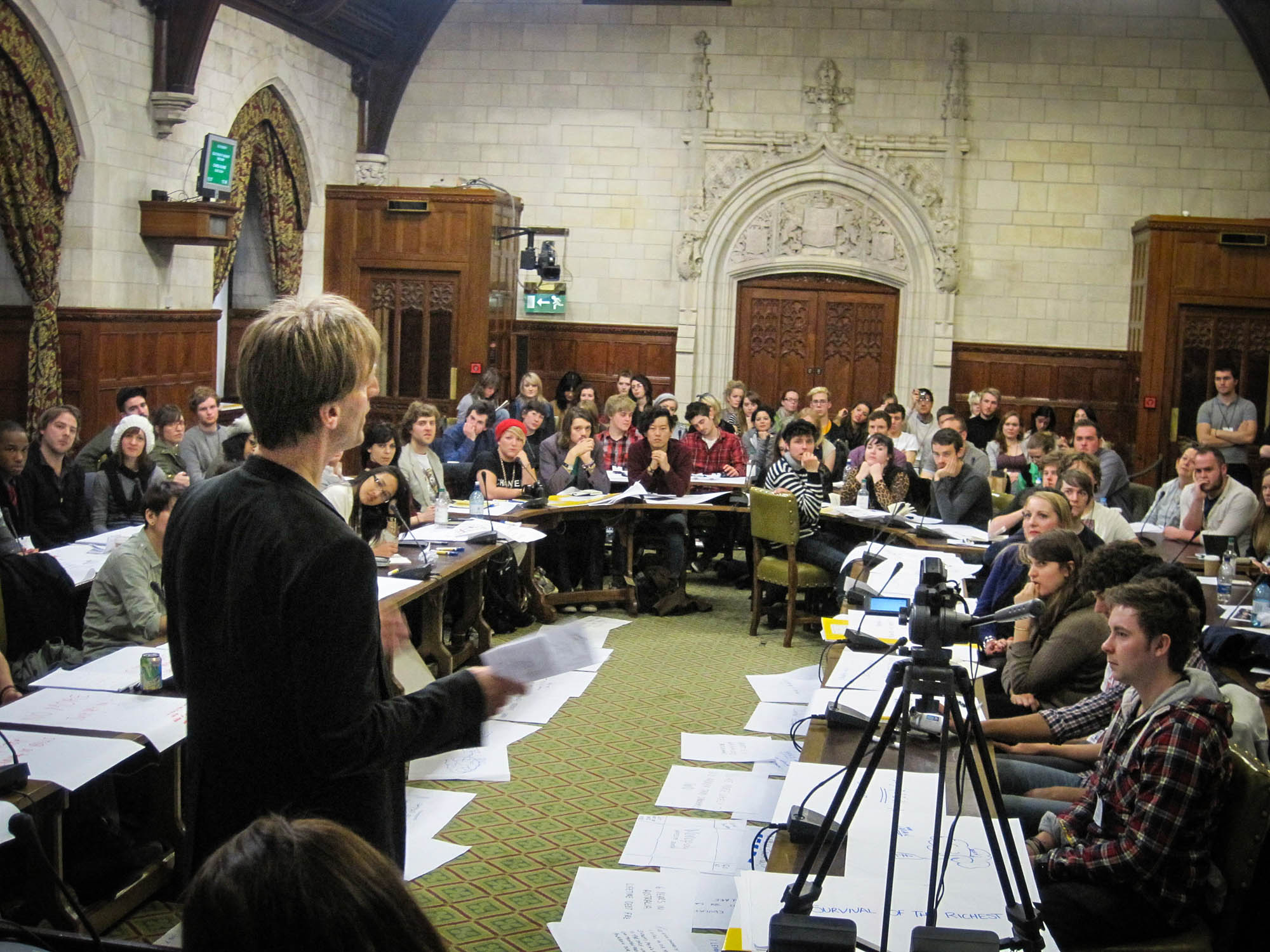
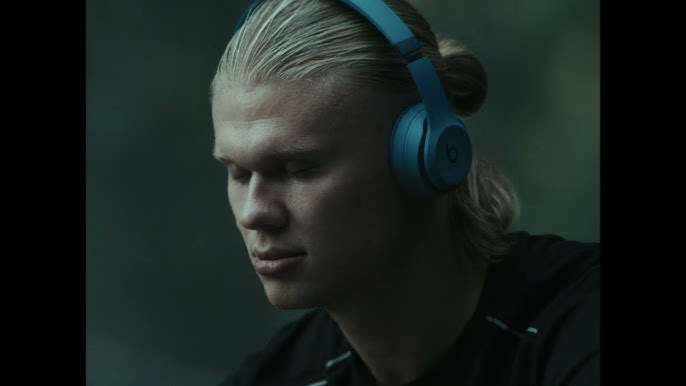








![Brand and SEO Sitting on a Tree: K-I-S-S-I-N-G [Mozcon 2025 Speaker Series]](https://moz.com/images/blog/banners/Mozcon2025_SpeakerBlogHeader_1180x400_LidiaInfante_London.png?auto=compress,format&fit=crop&dm=1749465874&s=56275e60eb1f4363767c42d318c4ef4a#)

![How To Launch, Grow, and Scale a Community That Supports Your Brand [MozCon 2025 Speaker Series]](https://moz.com/images/blog/banners/Mozcon2025_SpeakerBlogHeader_1180x400_Areej-abuali_London.png?auto=compress,format&fit=crop&dm=1747732165&s=beb7825c980a8c74f9a756ec91c8d68b#)
![Clicks Don’t Pay the Bills: Use This Audit Framework To Prove Content Revenue [Mozcon 2025 Speaker Series]](https://moz.com/images/blog/banners/Mozcon2025_SpeakerBlogHeader_1180x400_Hellen_London.png?auto=compress,format&fit=crop&dm=1747758249&s=9f3c5b1b7421f862beace1cb513053bb#)
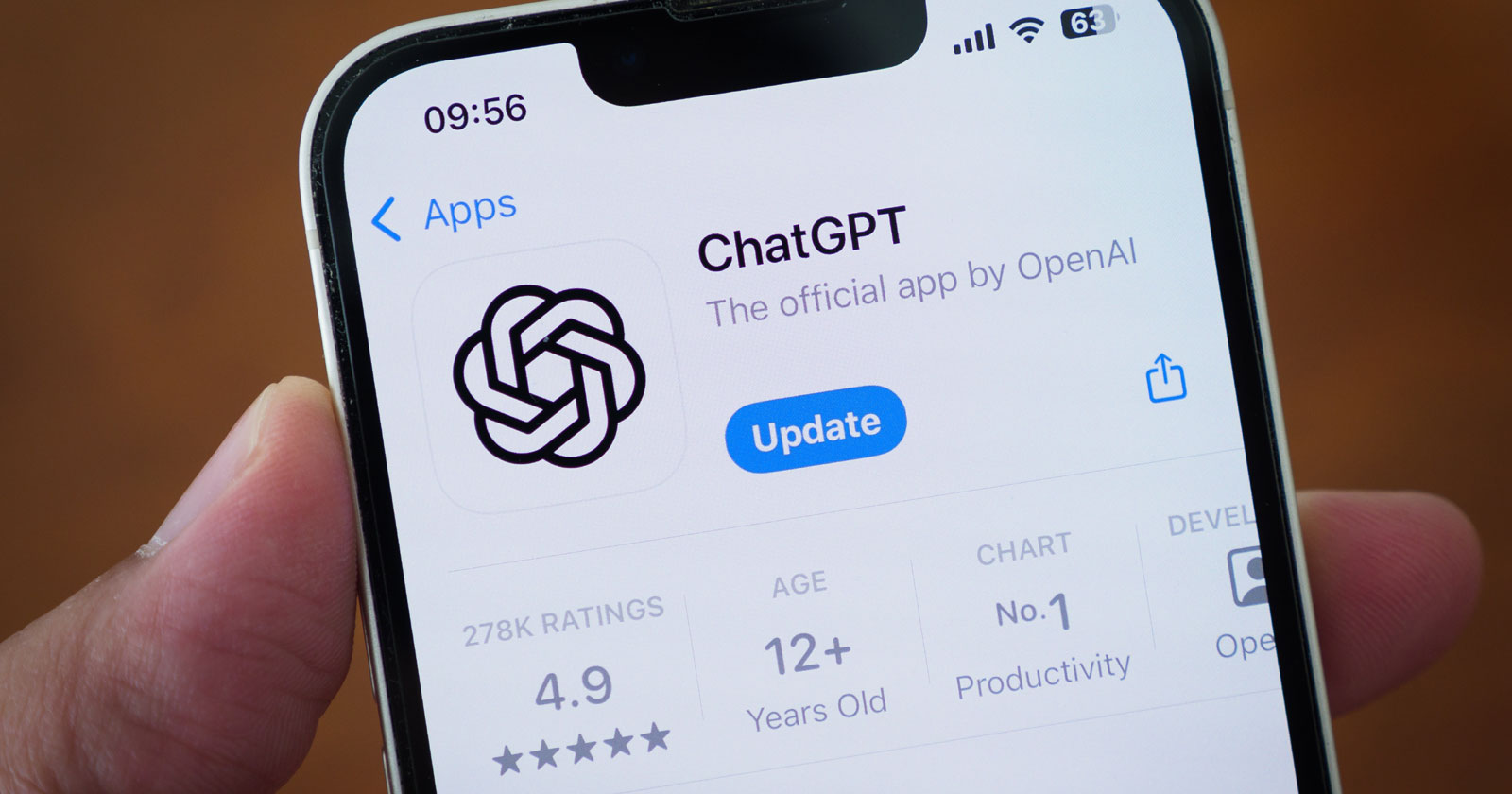


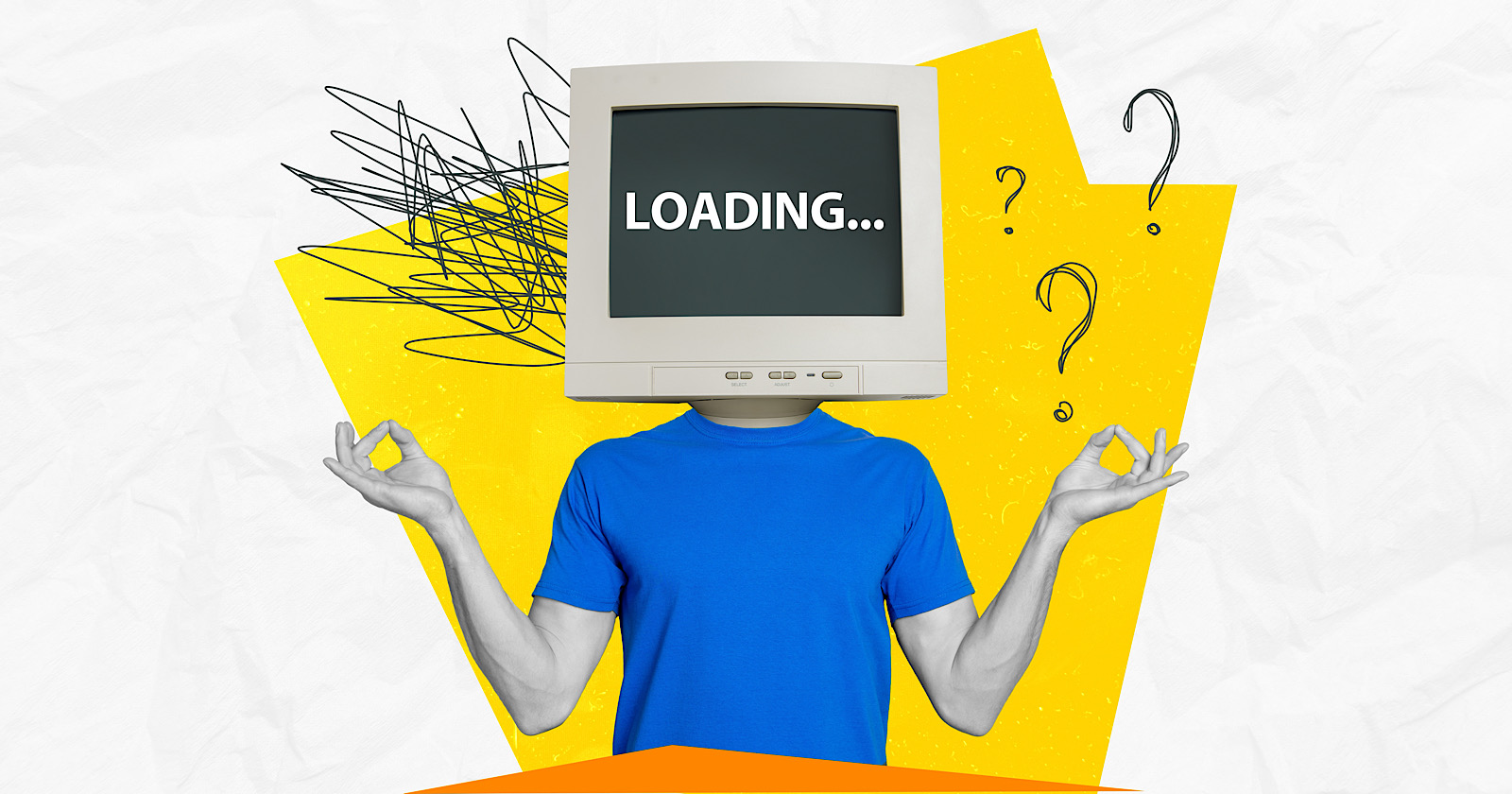

















![The 11 Best Landing Page Builder Software Tools [2025]](https://www.growthmarketingpro.com/wp-content/uploads/2024/04/best-landing-page-software-hero-image-1024x618.png?#)








































![How to Create an SEO Forecast [Free Template Included] — Whiteboard Friday](https://moz.com/images/blog/banners/WBF-SEOForecasting-Blog_Header.png?auto=compress,format&fit=crop&dm=1694010279&s=318ed1d453ed4f230e8e4b50ecee5417#)
![How To Build AI Tools To Automate Your SEO Workflows [MozCon 2025 Speaker Series]](https://moz.com/images/blog/banners/Mozcon2025_SpeakerBlogHeader_1180x400_Andrew_London-1.png?auto=compress,format&fit=crop&dm=1749642474&s=7897686f91f4e22a1f5191ea07414026#)


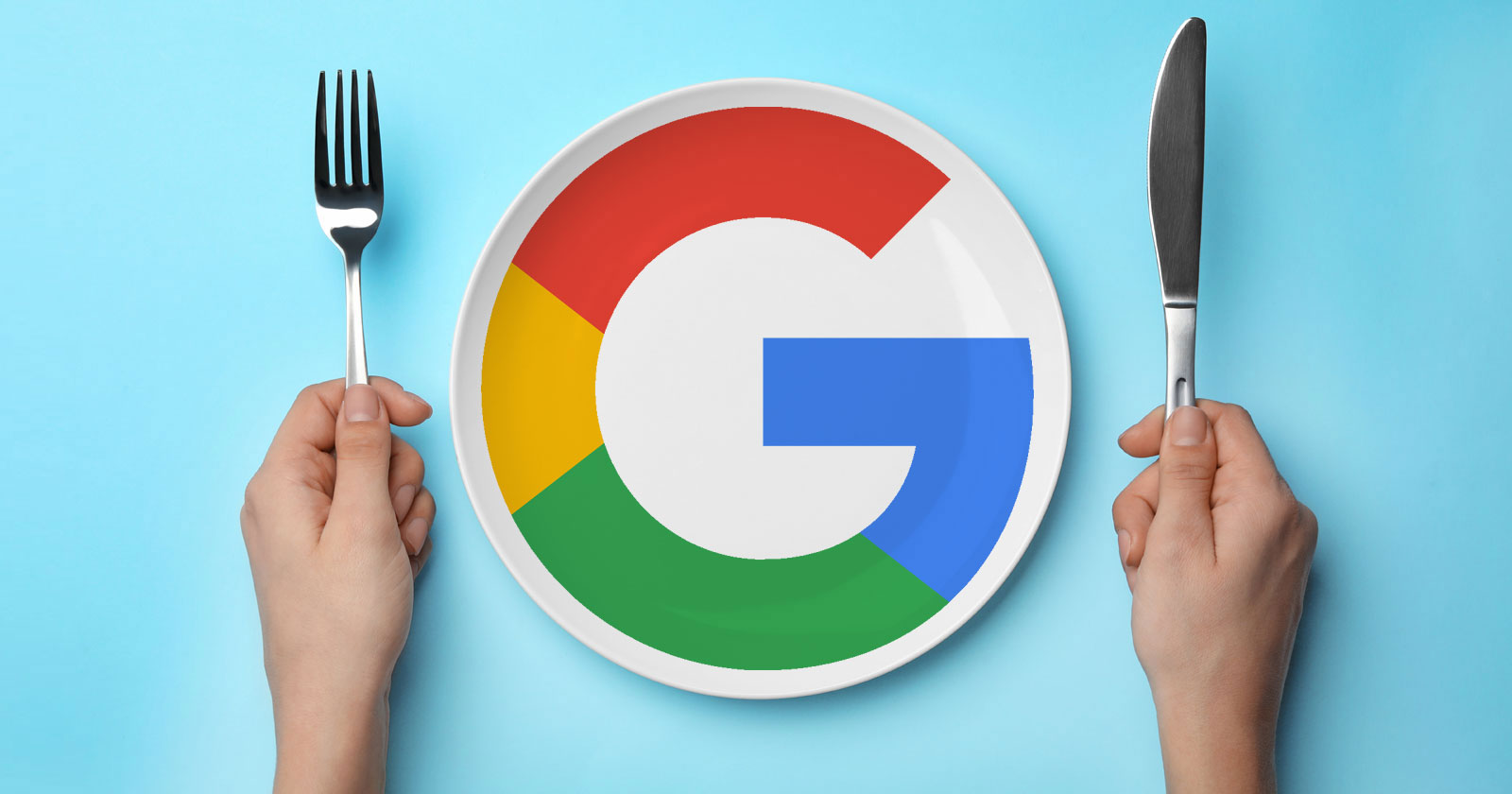
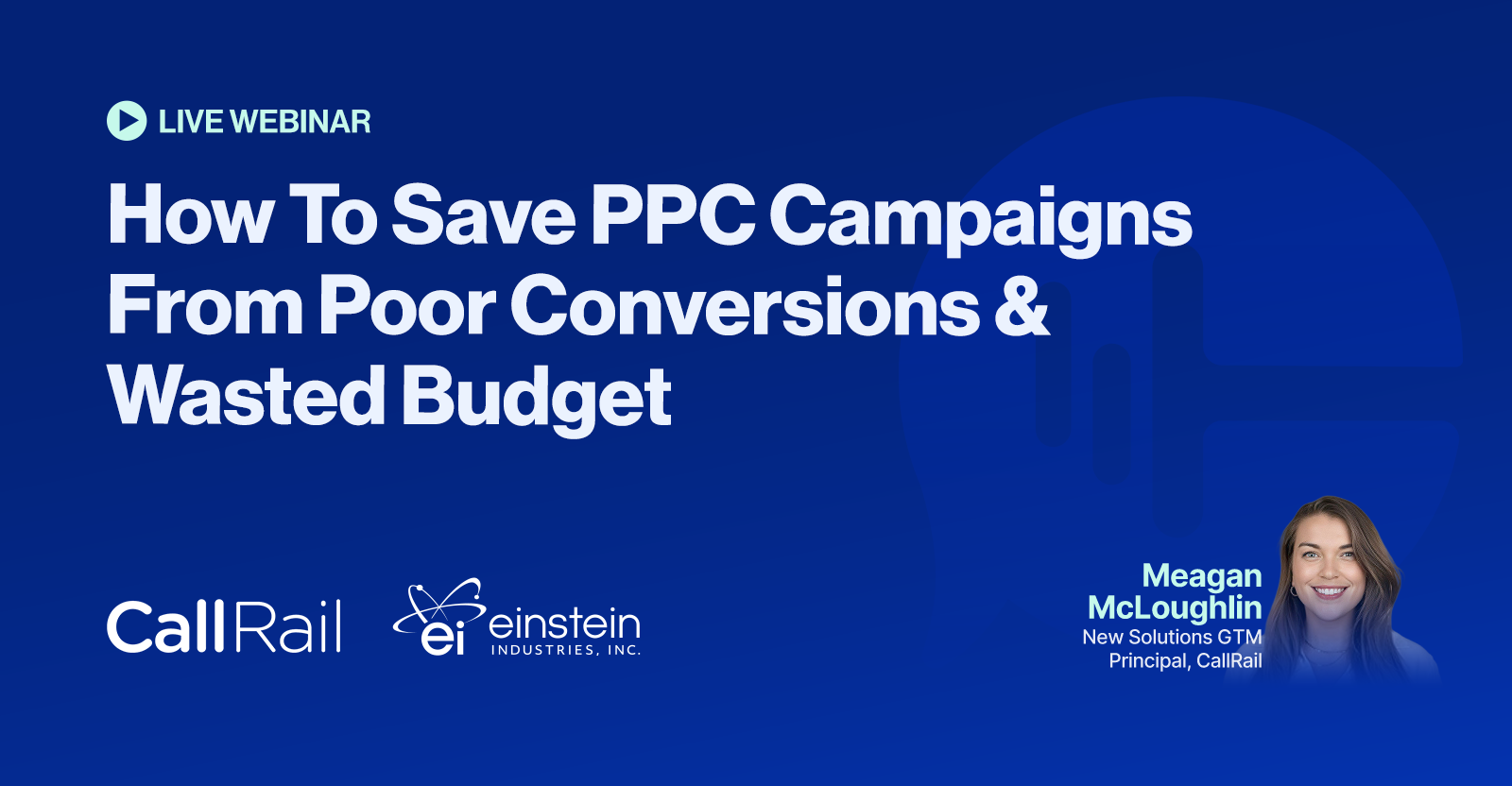






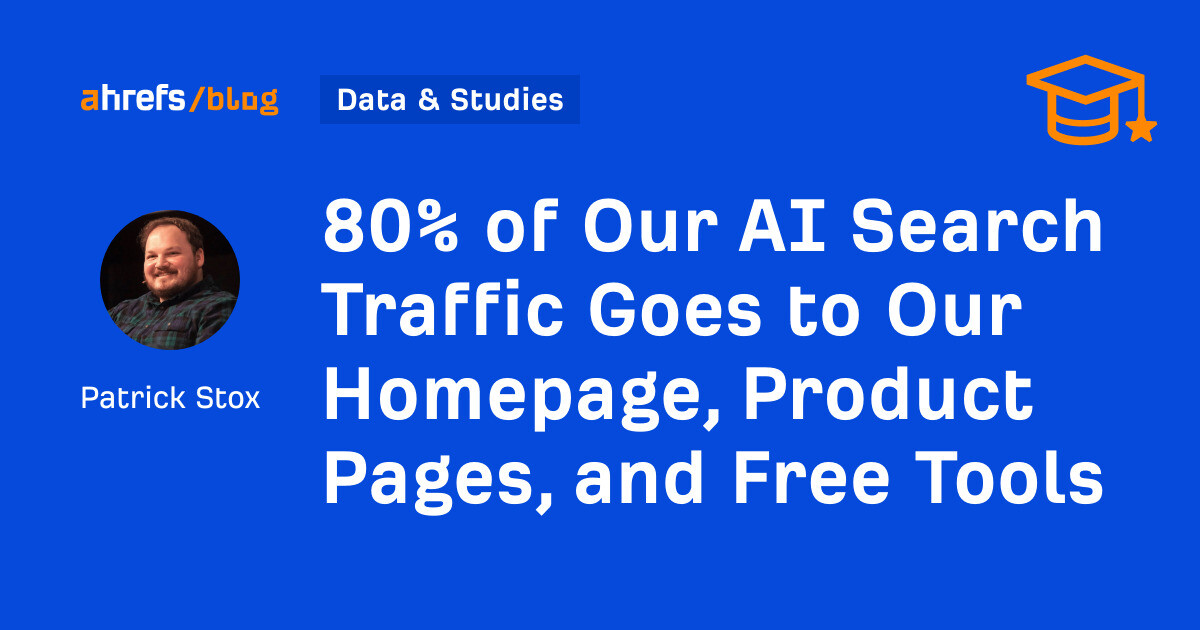

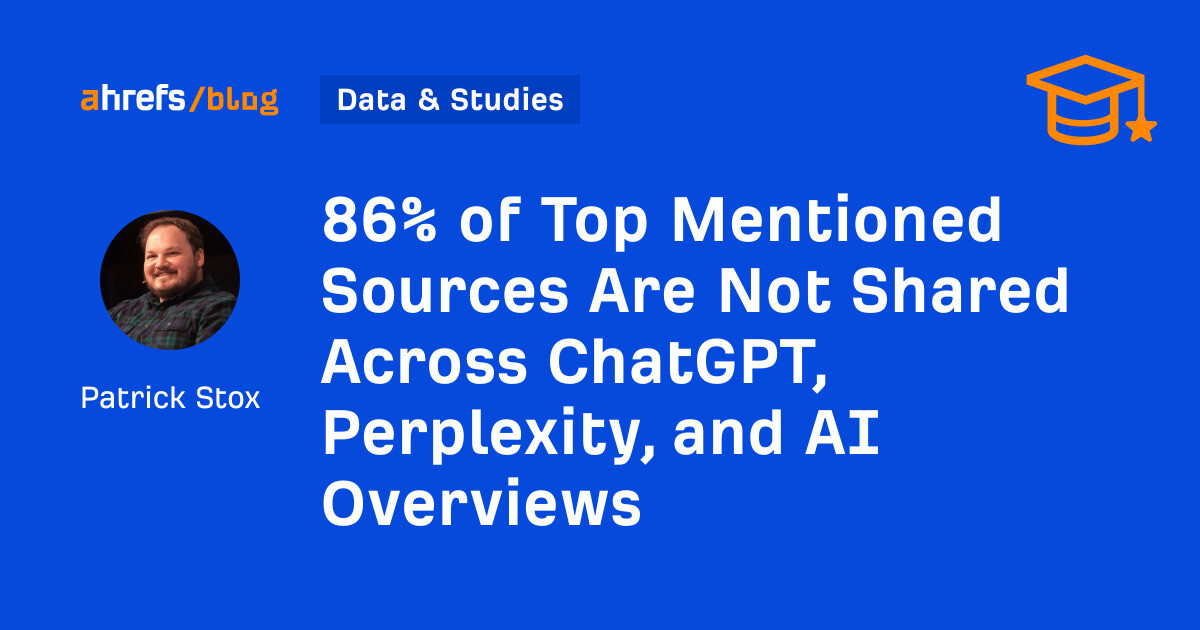


![8 ways to use AI in digital marketing [+ examples]](https://www.hubspot.com/hubfs/Google%20Drive%20Integration/ai%20marketing_32023-4.png)
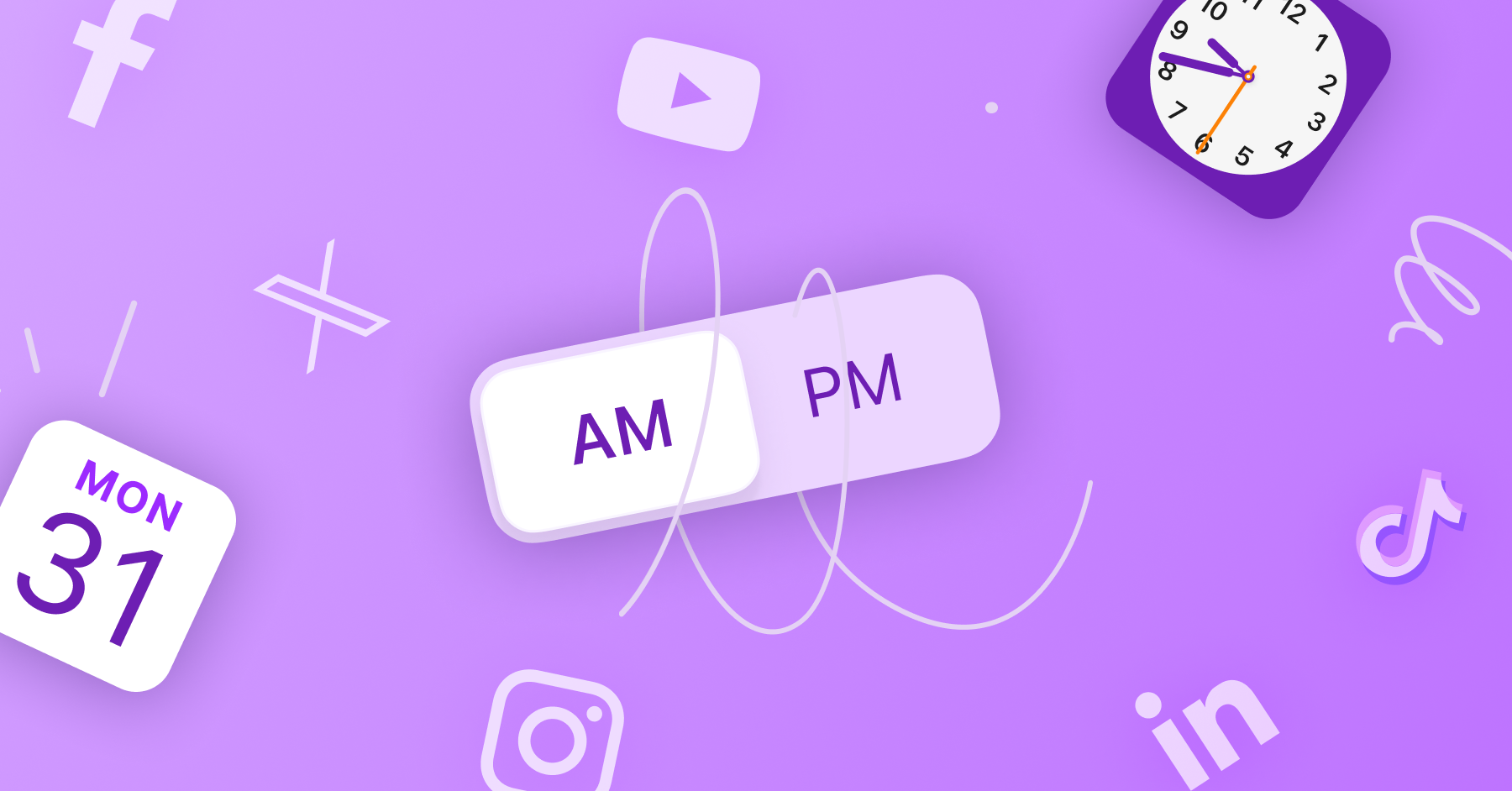







![Brand pitch guide for creators [deck and email templates]](https://blog.hootsuite.com/wp-content/uploads/2022/06/brand-pitch-template.png)



















![Instagram hashtags: How to find best hashtags for Instagram [+ list]](https://media.sproutsocial.com/uploads/2023/07/Instagram-hashtags-how-to-find-and-use-the-best-hashtags-Final.jpg)


